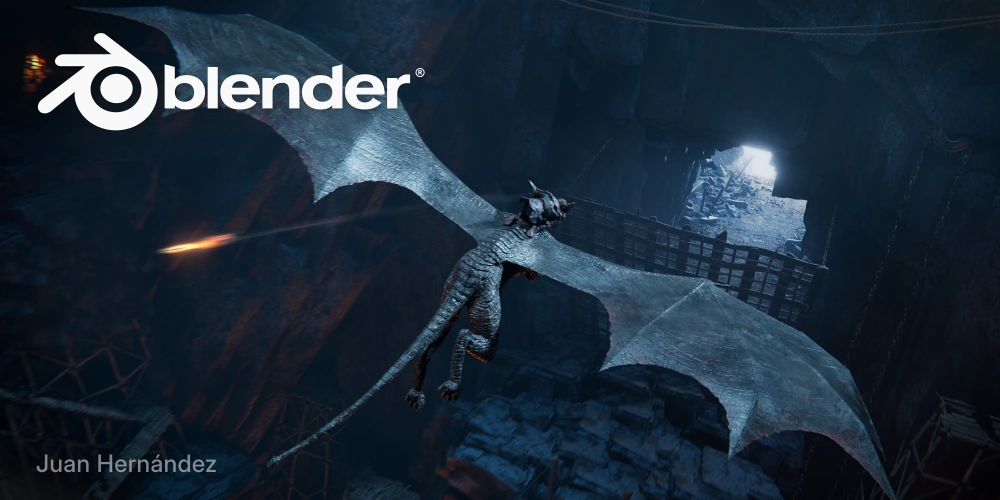The Blender Foundation has officially released Blender 5.0, a milestone update that fundamentally upgrades the software’s color science pipeline, animation workflow, and Linux display capabilities. Released yesterday, Tuesday, November 18, 2025, this major version marks a decisive shift towards professional HDR workflows and next-generation production standards.
Revolutionary Color Science & HDR Support
For video editors and colorists, Blender 5.0 delivers long-awaited features that bridge the gap between 3D rendering and high-end post-production.
- Native ACES Integration: Blender now natively supports ACES 1.3 and 2.0 views. This allows studios to implement industry-standard color management pipelines without relying on complex external configurations or the older AgX/Filmic workarounds.
- HDR on Linux (Wayland/Vulkan): In a massive boost for Linux-based pipelines, Blender 5.0 introduces full HDR and wide-gamut color support via Wayland and Vulkan. This ensures that what you see in the viewport on a reference monitor is color-accurate to the final output.
- AgX HDR & Rec.2100: A new AgX HDR view and dedicated Rec.2100-PQ and Rec.2100-HLG display transforms are now available. These are critical for creators grading content for HDR video export, allowing for precise visualization of dynamic range directly in the viewport.
- Working Color Space: Users can now define a specific “working color space” for Blend files, ensuring consistency across distributed teams.
Animation & Rigging Enhancements
Animators receive powerful new tools designed to speed up the timeline workflow and rigging flexibility.
- “Jump Time by Delta” Operator: A new workflow accelerator allows animators to jump forward or backward in the timeline by a user-specified delta, streamlining frame-by-frame review and keyframe placement.
- Geometry Attribute Constraint: Riggers can now utilize a new constraint type that directly references geometry attributes, opening up procedural rigging possibilities that previously required complex driver setups.
- Revamped Curve Drawing: The drawing system has been overhauled to better support the new Curves object type, improving performance and flexibility during the layout phase.
Core Performance & Modeling
- Thicker Curves Visualization: A new “Cylinder” option for curve display enables the rendering of thicker curves in the viewport without the flat “ribbon” appearance, helpful for hair and wireframe modeling.
- Zstd Caching: Point caches now support the Zstd (Zstandard) fast lossless compression algorithm. This results in significantly smaller cache files and faster read/write speeds for heavy simulations.
- Curve Data Panel: A dedicated panel in Edit Mode now allows for direct numerical tweaking of built-in curve attribute values, offering precision control previously hidden or inaccessible.
Hardware & Compatibility Shifts
Creators should note significant changes in hardware support with this major release:
- Dropped Support: Blender 5.0 has officially removed support for Intel-based Macs, strictly favoring Apple Silicon. Additionally, support for LZMA and LZO compressed caches has been deprecated in favor of Zstd.
- Increased Requirements: The minimum NVIDIA render requirement has been raised to compute capability sm_50 (Maxwell architecture), and AMD users on Windows face stricter driver requirements.
Availability
Blender 5.0 is available for download immediately via the official website. Studios are advised to review the full release notes for breaking changes regarding the Python API and big-endian system support before upgrading production pipelines.






